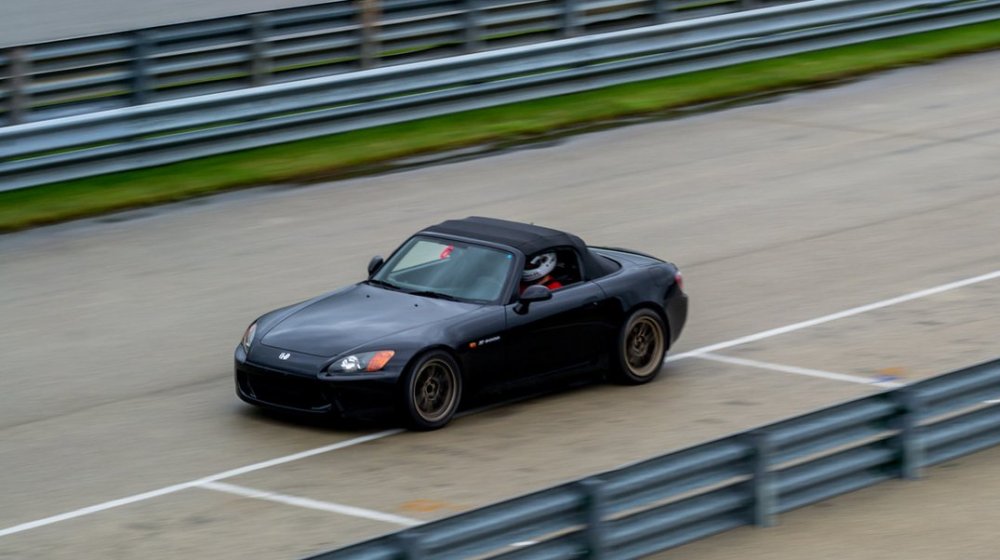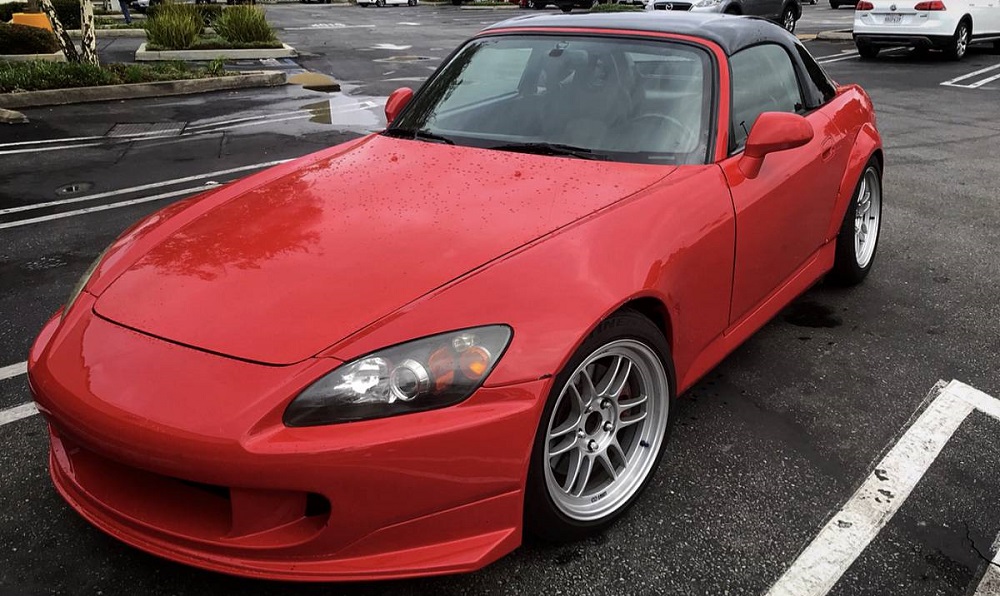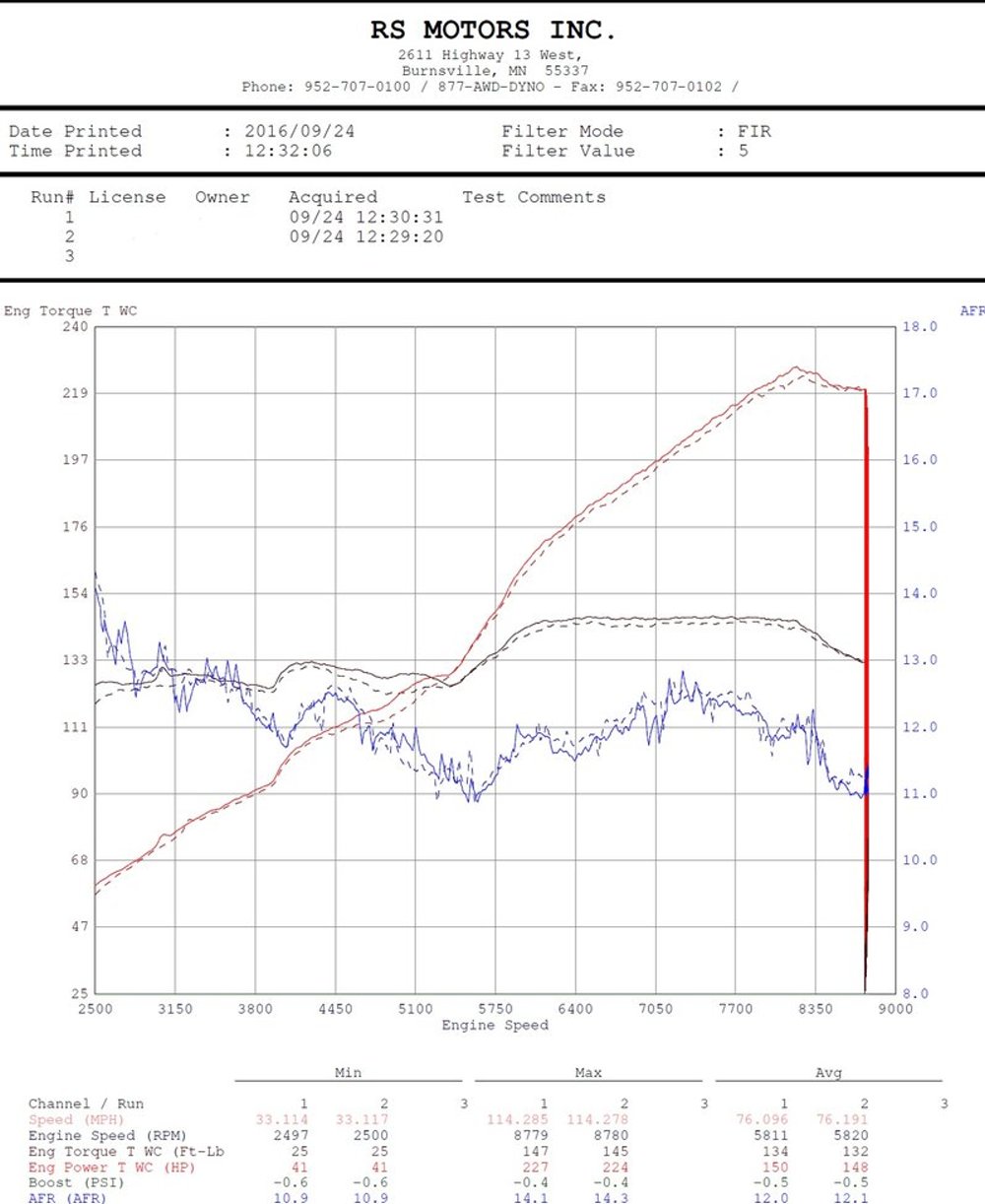Which Mods Improve S2000 Track Performance without a Tune

Intake and exhaust changes won’t add much power, but your S2000 benefits from the weight loss.
The Honda S2000 is a remarkable platform for anyone who wants to go road racing or autocrossing, but there is always room for improvement. Changes to the wheels, tires, brakes or suspension system can all have a huge impact on your lap times, but you can also add power to the engine or reduce weight.
The biggest power gains come with an engine tune, but in the case of some powerplant upgrades, adding items to your S2000 may have a bigger impact on the curb weight than the engine output. Forum member “Danwolski” recently asked the community whether or not modifications like an exhaust system can add significant power without a tune, but he is also aware of the weight advantages.

The Introduction
When the OP first posted his questions to the forum, he provided the following information.
I’ve been tracking my S2000 for a few years now mostly stock. Its a great platform and I’ve decided to slowly start modding it for track use. Currently it has a stock intake and exhaust with only with a test pipe added.
So among the changes I’m considering engine bolt ons. Partly for the power but mostly for the weight reduction, especially with the exhaust. I already picked up a FIPK for a good price and theres another local deal on a HKS single.
Question is, can I expect to make any power with these mods with no tune? I know any gains will not be significant and I don’t expect much on the top end but what about the mid range? I’ve heard that you can even lose power in some cases (bad intake design) and that would be worst case scenario because I would just rather keep the stock set up in that case.
So, while the OP was clearly aware of the weight losses, he was curious if he could gain any real power with exhaust and intake upgrades. He also included the picture above of his S2000 in action on the track.

Community Input
As the OP seemingly expected, the answer to his question is no, but the community was happy to elaborate on how to get the most from those simple upgrades.
“Not really, but if you get the Karcepts tune w/ Greddy EMU or another ECU that will extend the VTEC engagement window (along with the usual dyno tune adjustments) you’re going to notice a pretty huge difference over stock,” said “Chibo”.
Member “S2000Junky” went a bit further, providing insight on how to help the S2000’s engine breathe easier.
Run an air snorkel to get some fresh cold air to that intake custom or bought, otherwise you are going to be pulling extra hot engine air from elevated track temps and probably lose some power. An open filter isn’t really the best option in that location without a way to get some good fresh airflow to it once the car is moving. That said, on its own the single should give you a little more on the top end where the stock tune is richest. What I’d be concerned with, particularly if you are running an ap2 ecu, is the overly lean condition in the 5500-7500rpm range. When you start doing anything else beyond a TP id strongly advice investing in a wideband so you can make sure you are running not too lean. Its a good investment and will aid in future tuning tool as well. More accurate then a dyno tail sniffer and pays for itself after one typical dyno test.
“Twohoos” went into more detail on weight reduction and “beefystud” provided detail on how intake and exhaust changes improved his quarter mile times.
“These days most of the “reputable” bolt-ons will make a couple hp here and there (which is far better than 15 years ago, when often as not, aftermarket parts lost power). But the biggest advantage has always been weight savings: together, the OEM header and exhaust are about 75 lbs. You can lose about 50 of those with a good header and a lightweight single. Even with a dual exhaust and retaining the cat, you can save 30-40 lbs,” said twohoos.
“takada intake/70mm throttle body/ported intake manifold took .7 off my quarter mile .2 off my sixty foot and over all made the car way more responsive and brought it to life.
i added j’s ti RR 70mm and wrapped header untuned and it killed me down low ( added .3 to my sixty foot) but also added +4 miles an hour to my trap speed.
im going to tune it on haltech 1000 and we will see what happens” said beefystud.

What About a Tune?
Once several members had given input on the untuned advantages of intake and exhaust mod, “engifineer” provided a ton of detail on how a tune and some simple upgrades improve power levels. He provided the dyno sheet and the information below.
Here is my Dyno (2001 model) with stock intake (I added the K&N later but likely made little to no difference), PLM header, Berk cat (stock size) and stock exhaust and the Karcepts AP1 tune on an Emanage Ultimate, right out of the box with the tune as is from Karcepts (no tuning performed installed on car). This was from a dyno day, so both runs are the same, no time for a baseline and then a modded run. But gives you the idea of what that tune on an AP1 does. It smooths out the delivery at VTEC to the point you do not really feel it engage. More of a linear delivery as shown. Peak power was actually higher than I expected on this dyno, considering this tune is more for autocross and is focused on improving low end power delivery. Brian Karwin had the same comment, but it looks like others I have seen on the same setup have similar results. As a note, a friend with the same mods running a tune from another shop on the Emanage ultimate pulled about 4 HP less than me, but otherwise very similar looking plot.
I can vouch for the weight savings on the exhaust. For the big events like nationals I pull the Y pipe and mufflers and run a turndown. Mine has a flange right in front of the Y pipe that allows this. That pipe and two mufflers weigh 44 lbs alone!

From there, the discussion turned to how certain tuning devices function, but in the end, the community answered the OP’s initial question and then some.
